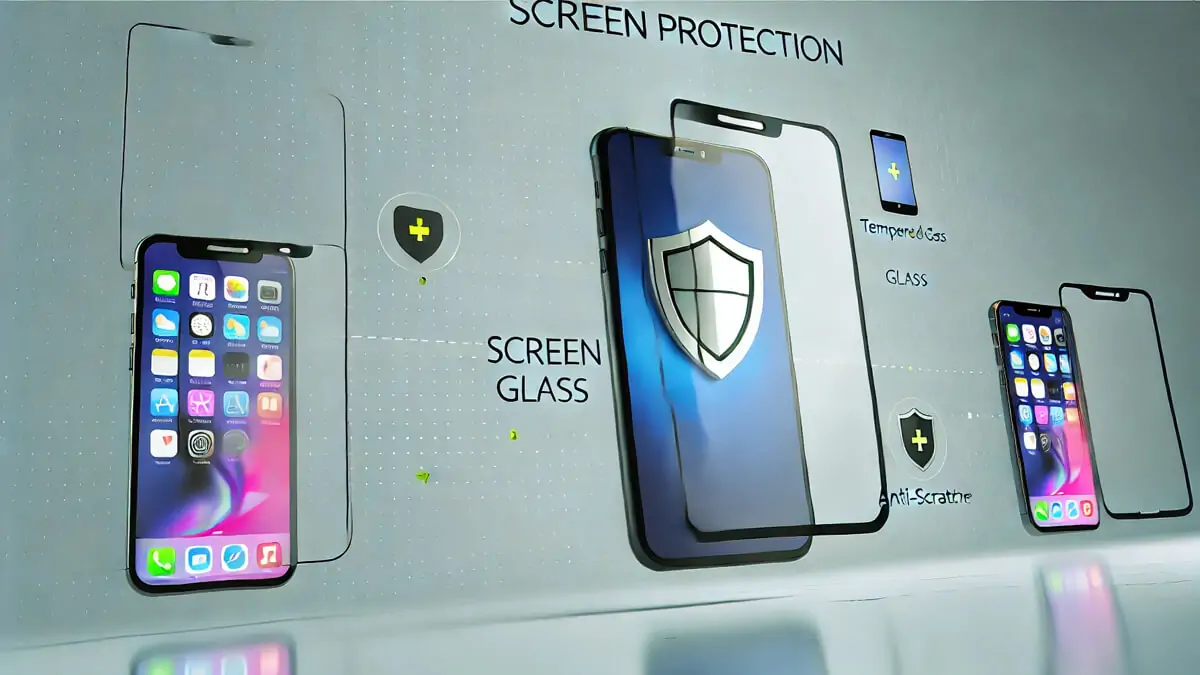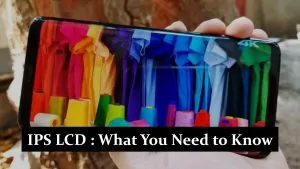Screen protection refers to the various technologies and materials used to safeguard the display of electronic devices, such as smartphones, tablets, laptops, and watches, from damage. This protection is crucial as the screen is often one of the most vulnerable parts of a device, prone to scratches, cracks, and other damage from everyday use. Screen protection can include built-in protective layers, as well as additional accessories like screen protectors and cases.
Types of Screen Protection
- Gorilla Glass: Gorilla Glass is a popular type of chemically strengthened glass used in many smartphones and tablets. Developed by Corning, it is known for its durability and resistance to scratches and impacts. Gorilla Glass is available in several generations, each offering improved strength and scratch resistance over its predecessor.
- Sapphire Glass: Sapphire glass is another highly durable material used in high-end smartphones, watches, and other devices. It is made from synthetic sapphire, a material known for its hardness and scratch resistance. While more expensive than Gorilla Glass, sapphire glass offers superior protection against scratches.
- Oleophobic Coating: Many screens come with an oleophobic coating, which repels oils and fingerprints, making the screen easier to clean and less likely to show smudges.
- Plastic Films: Plastic screen protectors are a common and affordable option for protecting screens. They are thin, flexible, and can prevent scratches and minor damage. However, they do not offer much protection against impacts.
- Tempered Glass Screen Protectors: These are made of tempered glass, which is stronger and more durable than plastic. Tempered glass protectors can absorb impacts, reducing the risk of the screen cracking or shattering. They also provide a more natural feel and clarity compared to plastic protectors.
- Anti-Glare Coatings: Some screens come with anti-glare coatings that reduce reflections and glare, improving visibility in bright environments.
Benefits of Screen Protection
- Scratch Resistance: Screen protectors and protective coatings help prevent scratches from keys, coins, and other abrasive objects that might come into contact with the screen.
- Impact Protection: Tempered glass and other robust materials can absorb shock from drops or impacts, reducing the likelihood of the screen cracking or shattering.
- Fingerprint Resistance: Oleophobic coatings and certain screen protectors help reduce smudges and fingerprints, keeping the screen clearer and easier to clean.
- Privacy: Some screen protectors have privacy filters that restrict the viewing angle, making it difficult for others to see what’s on your screen from the side.
- Glare Reduction: Anti-glare screen protectors or coatings can reduce reflections, making the screen easier to see in bright light or outdoor conditions.
Choosing the Right Screen Protection
- Device Type: The type of device can influence the choice of screen protection. For instance, rugged phones might come with built-in protection, while luxury watches may use sapphire glass.
- Usage Environment: If you frequently use your device outdoors or in harsh conditions, you might prefer a screen protector with enhanced durability and glare reduction.
- Budget: Screen protectors vary in price. While plastic protectors are more affordable, tempered glass and sapphire options provide superior protection at a higher cost.
- Sensitivity and Clarity: Some screen protectors can affect the touch sensitivity or clarity of the display. High-quality protectors should maintain the screen’s original responsiveness and clarity.
Conclusion
Screen protection is an essential consideration for anyone looking to preserve the longevity and functionality of their electronic devices. By choosing the appropriate type of protection, users can prevent damage, maintain the device’s appearance, and enhance their overall experience. Whether it’s a built-in feature or an additional accessory, investing in good screen protection is a wise choice for safeguarding your device.



